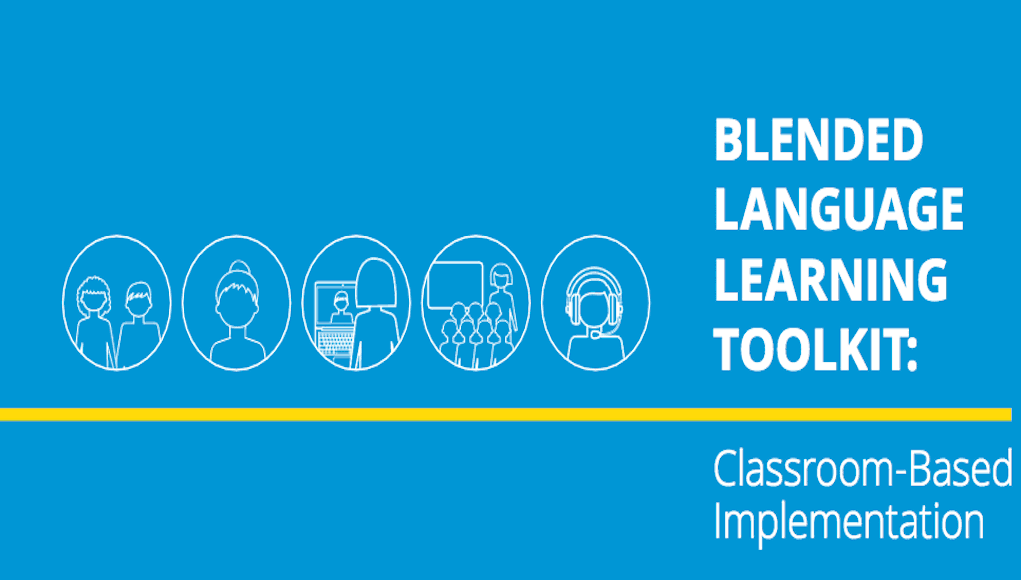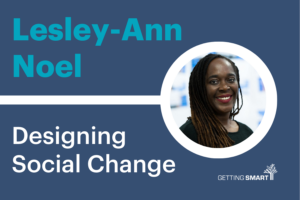Blended Language Learning Toolkit: Classroom-Based Implementation

Published October 2016
Authored by Getting Smart Staff
Download the Blended Language Learning Toolkit: Classroom-Based Implementation
Modern society will increasingly require students to communicate and collaborate effectively with people from all over the world. This demands the development of deeper learning skills that contribute to global competence–including the opportunity to learn new languages. Teachers are working to innovate language learning for students, which includes the use of technology to enhance, supplement or complement traditional language instruction.
There is no reason why all American students shouldn’t have access to high-quality language instruction. With the rise of blended learning and educational technology to personalizes instruction, students anywhere can and should have access to effective language instruction.

This toolkit is designed to help educators implement blended language learning in their classrooms. While the toolkit focuses on the Rosetta Stone K-12 Language Learning Suite, many of the ideas are applicable to blended language learning at large. When implementing a classroom-based blended language learning program, educators should consider:As we highlighted in 10 Guiding Questions That Bring Ideas to Implementation, many educators “believe students should have blended learning experiences, that students should be engaged and that students should be able to speak more than one language fluently.” However, “without a solid plan for implementation, they’re just ideas.”
Creating Conditions for Success. Educators implementing a blended language learning program should ensure that the school or classroom is ready for the program and that they are setup to be successful.
Goal-Setting. Are there are common goals that are known, shared and revisited frequently by all educators involved? Educators should try to garner support for the blended language learning program goals from parents, the community and local partners.
Teaching & Learning. The learners, course content and style of instruction should match the program goals and what is known about high-quality blended learning environments.
Classroom Considerations. Are there are enough technological resources to successfully implement the plan, and designated time and staff in order to facilitate the learning for students?
The Implementation Plan. Having a set, yet flexible, implementation plan is essential. A solid plan includes instructional requirements, what support and resources will be used and available to educators, how the program will be evaluated and monitored and what are the indicators of success.
For more on these ideas: Download the Blended Language Learning Toolkit
Visit the Rosetta Stone Get Language Ready site for more on the Language Learning Suite.
For more, see:
- Infographic: Next-Gen World Language Learning
- Next-Gen World Language Learning
- 10 Guiding Questions That Bring Ideas to Implementation
- The Next Generation of World Language Learning
Stay in-the-know with all things EdTech and innovations in learning by signing up to receive the weekly Smart Update. This post includes mentions of a Getting Smart partner. For a full list of partners, affiliate organizations and all other disclosures, please see our Partner page.



0 Comments
Leave a Comment
Your email address will not be published. All fields are required.